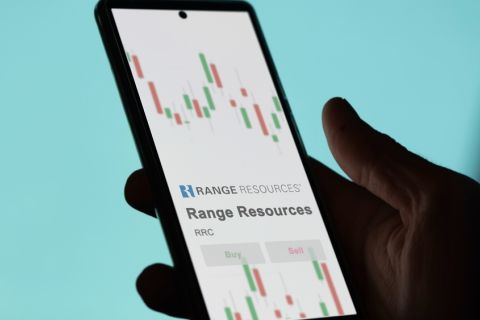Freeport LNG, the second-biggest U.S. LNG exporter, got approval from federal regulators on Jan. 26 to take early steps to restart its export plant in Texas. The plant has been idled by a June explosion.
Freeport, however, has not yet sought permission to restart the liquefaction trains that turn natural gas into LNG for export. That resumption of LNG production will have to come in a later request with federal regulators.
Energy analysts have said they still expect most of the plant's production to remain offline until March or later.
The closely-held LNG company's plant shut after a pipeline explosion on June 8, 2022, and was barred from resuming production until federal regulators completed an extensive safety review and approved resulting changes.
The U.S. Federal Energy Regulatory Commission (FERC) and the Department of Transportation's Pipeline and Hazardous Materials Safety Administration (PHMSA) granted Freeport's request to begin cooling down some of the plant's piping systems.
The procedure to cool down the pipes, which Freeport said would take about 11 days, would be a first step to returning the facility to normal operations after a seven-month outage.
FERC said in its filing that "additional authorization to restart operations is necessary to reinstate service ... of the liquefaction trains."
Before the regulators’ decision on Jan. 26, U.S. gas futures were down almost 10% to a 21-month low of $2.76 per MMBtu. After the approval news, futures pared some of those losses, but were still down about 7%.
The market expects prices will rise once demand for gas increases after the plant returns to service.
The facility can draw in around 2.1 Bcf/d of gas when operating at full power.
The outage forced big customers including JERA and Osaka Gas to book hundreds of millions of dollars of losses. Its other big buyers include BP, TotalEnergies and SK.
Recommended Reading
US Raises Crude Production Growth Forecast for 2024
2024-03-12 - U.S. crude oil production will rise by 260,000 bbl/d to 13.19 MMbbl/d this year, the EIA said in its Short-Term Energy Outlook.
Tech Trends: Halliburton’s Carbon Capturing Cement Solution
2024-02-20 - Halliburton’s new CorrosaLock cement solution provides chemical resistance to CO2 and minimizes the impact of cyclic loading on the cement barrier.
Iraq to Seek Bids for Oil, Gas Contracts April 27
2024-04-18 - Iraq will auction 30 new oil and gas projects in two licensing rounds distributed across the country.
To Dawson: EOG, SM Energy, More Aim to Push Midland Heat Map North
2024-02-22 - SM Energy joined Birch Operations, EOG Resources and Callon Petroleum in applying the newest D&C intel to areas north of Midland and Martin counties.
Range Resources Expecting Production Increase in 4Q Production Results
2024-02-08 - Range Resources reports settlement gains from 2020 North Louisiana asset sale.



